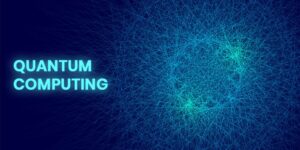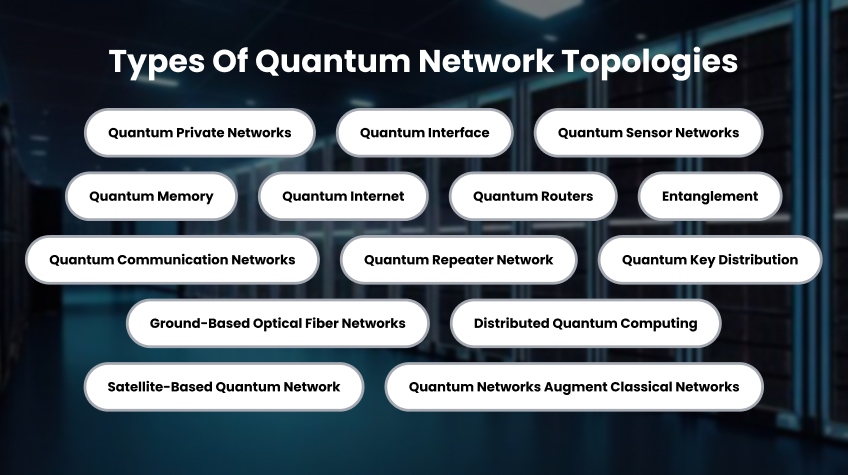
Quantum networks are yet another new form of communications network that applies quantum physics to provide a secure method of powerful communication. They are still in their initial stages, however, it has very good potential for transforming many fields such as medication, finance and others. In this guide, we will try to understand, what is Quantum Network, its uses and its types. Continue reading.
What is a Quantum Network?
A quantum network can be defined as a network that interconnects two or more quantum devices whose major function is to exchange and process quantum information with due regard to the quantum mechanical laws. In contrast to traditional networks which make use of bits, the quantum networks apply quantum bits or qubits which could contain more than one state.
These networks provide security through quantum key distribution, carry long-distance data through quantum repeaters and also facilitate entanglement-based connections for enhanced computing. Various applications of quantum networks range from more secure communication and processing of information in a shorter time, to new scientific and technological discoveries.
Use of Quantum Network
Quantum networks have the potential to revolutionize various fields, offering unprecedented capabilities:
- Unbreakable Encryption: Quantum Key Distribution (QKD) networks use principles of quantum mechanics to come up with individual keys for encoding information. Any attempt to overhear the message would affect the quantum state and alert both the sender and the receiver. This ensures that data becomes secure and cannot be hacked through the current technology.
- Distributed Quantum Computing: Quantum networks can join more than one quantum computer, creating a quantum computing system. It would afford the solution of problems that could not be solved even by an individual quantum computer of the highest power.
- Secure Communication: Allow secure and nearly unhackable, transmission of data with the use of quantum key distribution (QKD).
- Advanced Computing: Integrates quantum processors to achieve the required breakthrough for fast solving of other tasks like optimization or cryptography and scientific simulations.
- Quantum Sensing: Make it possible to have a high level of measurements in medical usage, navigation and astronomy.
- Long-Distance Communication: Deploy quantum repeaters to extend communication over a large distance without information degradation.
- Scientific Research: Supports experiments in quantum physics and generates breakthroughs in advanced science and technology materials.
Type of Quantum Network
Different types of Quantum networks can change the technological world for security, computation and data transfer in a great way. Here are the varied network types:
1. Quantum Private Networks
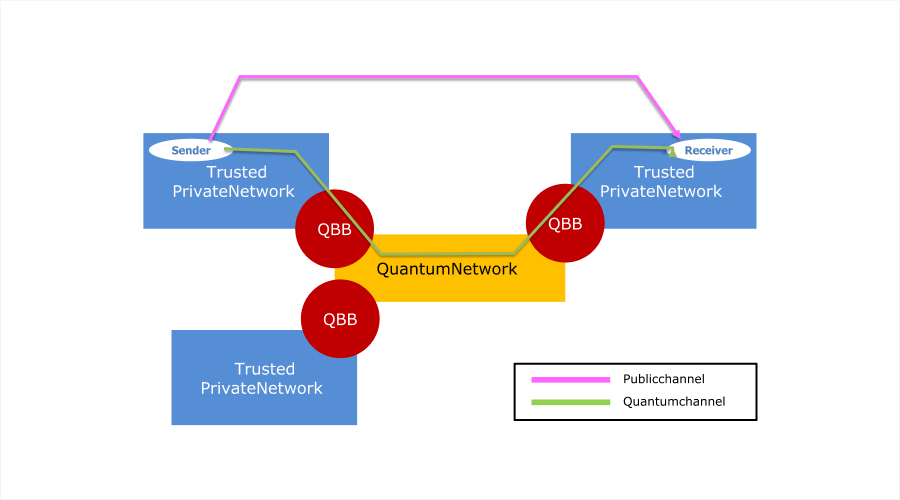
Quantum Private Networks (QPNs) refer to safe communication systems that utilize quantum mechanics to secure the contents of the communication. They depend on devices such as quantum key distribution also referred to as QKD by creating encryption keys that cannot be tampered with or duplicated, without being noted.
It is guaranteed that no other present and even future quantum computers will be able to decipher such information and thus QPNs keep the data security preserved for applications such as financial operations or governmental messages. On the premise of hybridizing classical and quantum technologies, QPNs assure the highest levels of privacy and are the building blocks for future networks.
2. Quantum Sensor Networks
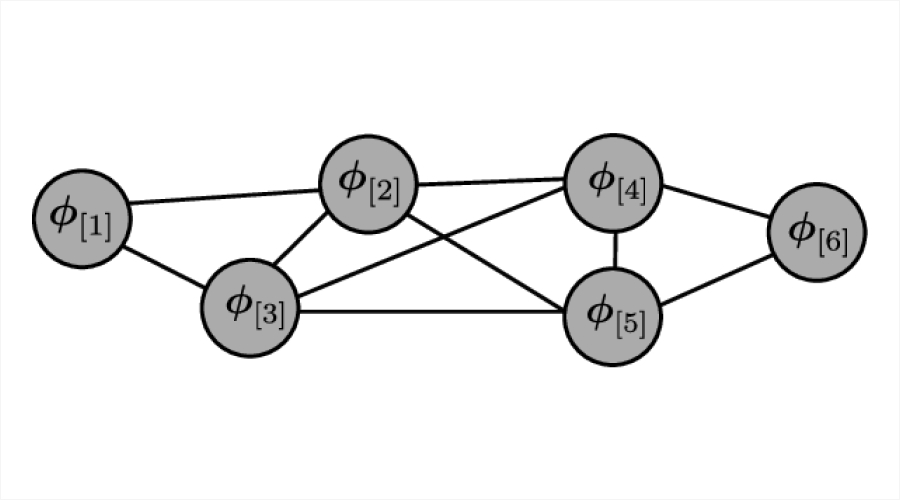
Quantum sensor networks refer to interconnectivity systems of quantum sensors to measure various physical quantities with high accuracy. Many such sensors employ quantum characteristics such as superposition and entanglement to measure alterations in magnetic fields, gravity or even time with high precision which is not possible with classical methods. Quantum sensor networks have functions in applications for navigation, earthquake detection, medical imaging and fundamental physics research and with functionalities that are superior to conventional sensing technologies.
3. Quantum Communication Networks
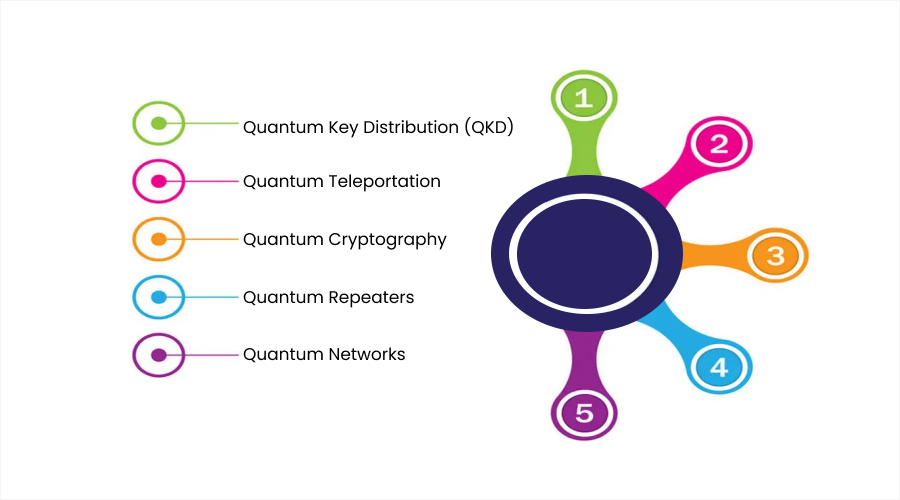
Quantum communication networks are physical networks that carry information in a manner that is predicted by the principles of quantum theory. For instance, they employ quantum key distribution (QKD) where encryption keys are made virtually exploitable by intercepting or decoding. It is these networks that will guarantee an ultra-secure means of communication and therefore are suitable for applications in financial, government and military sectors. Quantum communication networks which are still in development are anticipated to revolutionize global cybersecurity as well as data sharing.
4. Quantum Repeater Networks
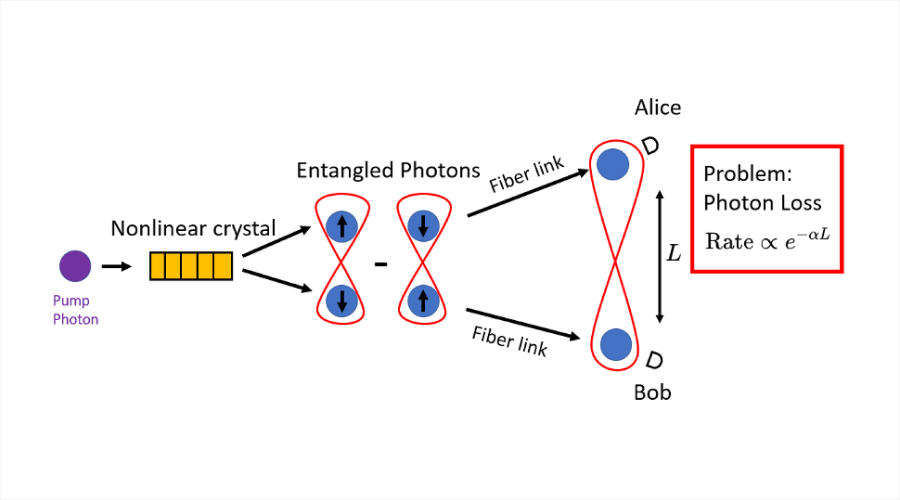
Quantum repeater networks are defined as telecommunication networks capable of increasing the coverage distance of a quantum link. To address the problem of signal decay in distance communication, they employ quantum repeaters to amplify and provide quantum memories, such as entangled states. These networks allow key information to be safely exchanged over long distances and the development of global quantum communication networks is impossible without them. Large-scale quantum internet is the next big thing and quantum repeater networks are important towards this realization.
5. Quantum Internet
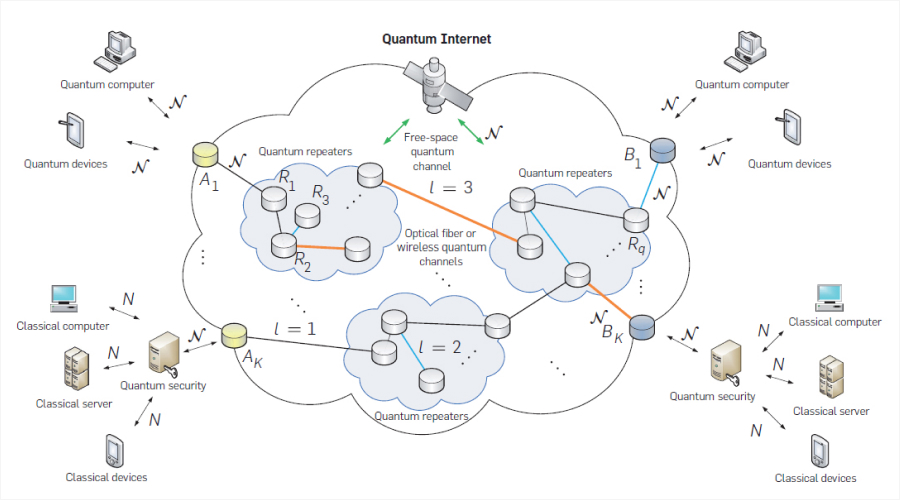
Quantum Internet is the next-generation communication network that incorporates principles like entanglement and superposition to share data. Unlike the classical internet, it enables ultra-secure data transmission, connects quantum processors to support quantum computing and allows accurate quantum metrology through reliable long-distance communication. The QI will be the new technological frontier for any further evolutionary leaps in cybersecurity, scientific research and communication around the world.
6. Satellite-based Quantum Networks
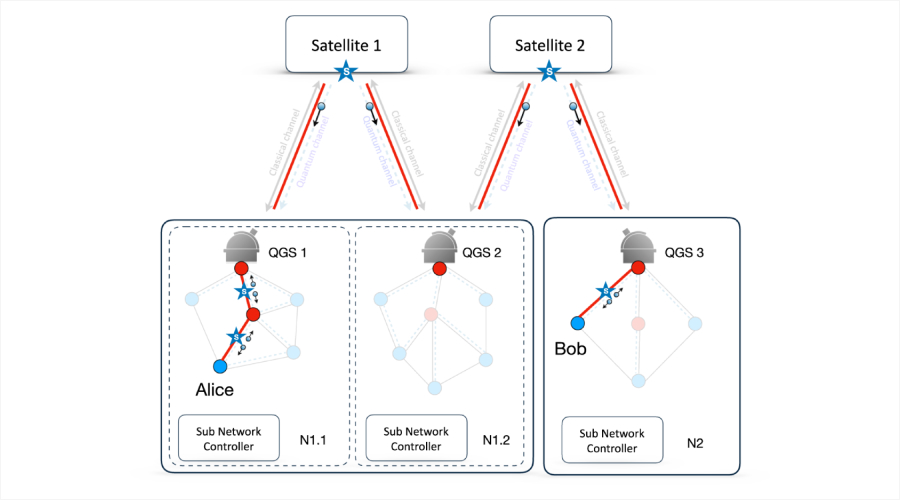
Satellite-based quantum networks are designed to provide long-distance quantum communication by employing satellite links rather than ground-based networks. Using QKD and other quantum technologies, these networks enable secure data transfer between far-off places and even between continents. Satellites are critical for preserving measurement entanglement across distances which is essential for both secure communication and quantum internet of the future.
7. Ground-based Optical Fiber Networks
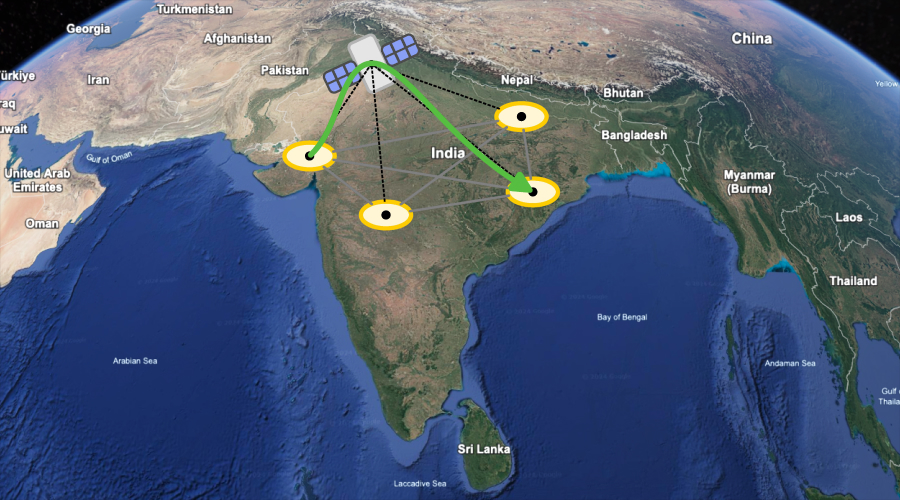
Ground-based optical fiber networks are communication systems that provide data transmission through light signals over long distances using the medium of optical fibers. They are extensively used within telecommunications and internet infrastructure to support high-speed, low-latency and big bandwidth applications. Optical fibers carry light pulses, capable of transmitting large amounts of data with minimal loss of signal, which makes them suitable for high-demand applications in video streaming, cloud computing and data centers.
8. Quantum Interface
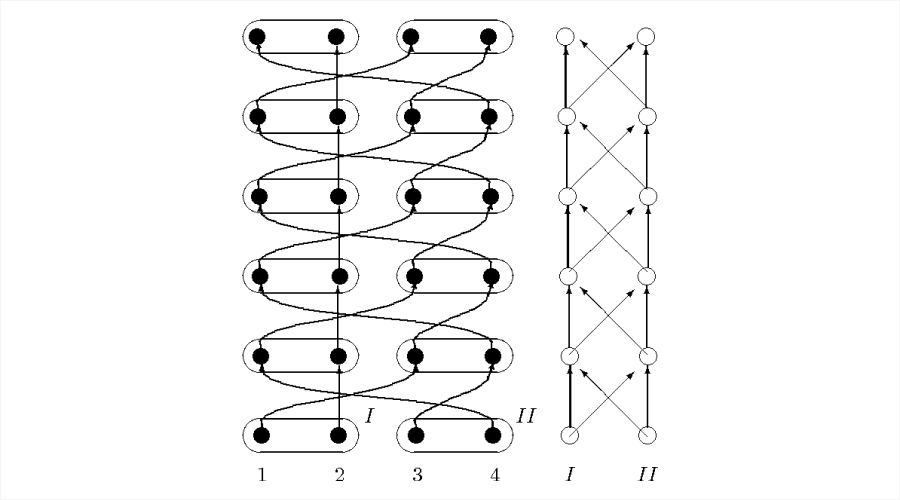
A quantum interface is a system that mediates between quantum technologies and enables them to interact with each other. It can guarantee fluent coupling of quantum systems, for example, the coupling of quantum computers with communication networks or quantum sensors with classical systems.
9. Quantum Memory
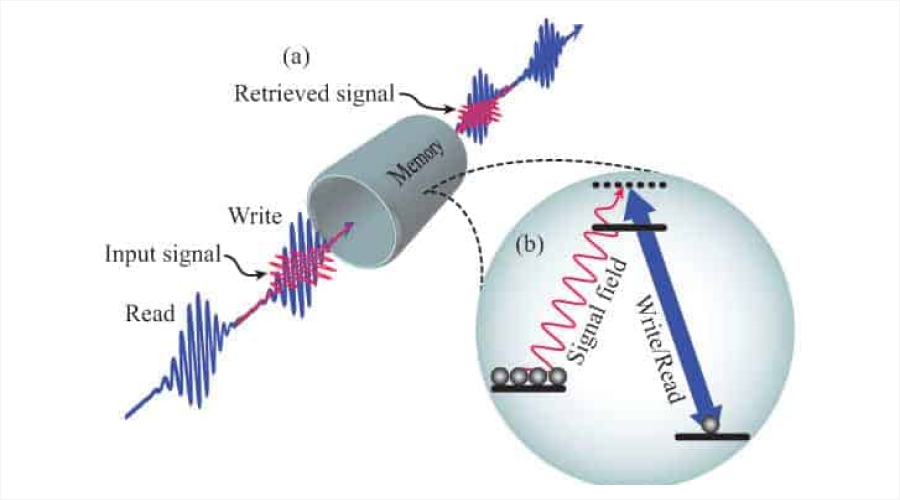
Quantum memory is one of the technologies that concerns the act of writing and storing quantum information for a particular amount of time. It enables more quantum states like entanglement to be maintained and then recalled without being interfered with. Quantum memory is crucial for performing such operations as long-distance quantum communications and quantum repeaters since it is responsible for information synchronization in a quantum network.
10. Distributed Quantum Computing
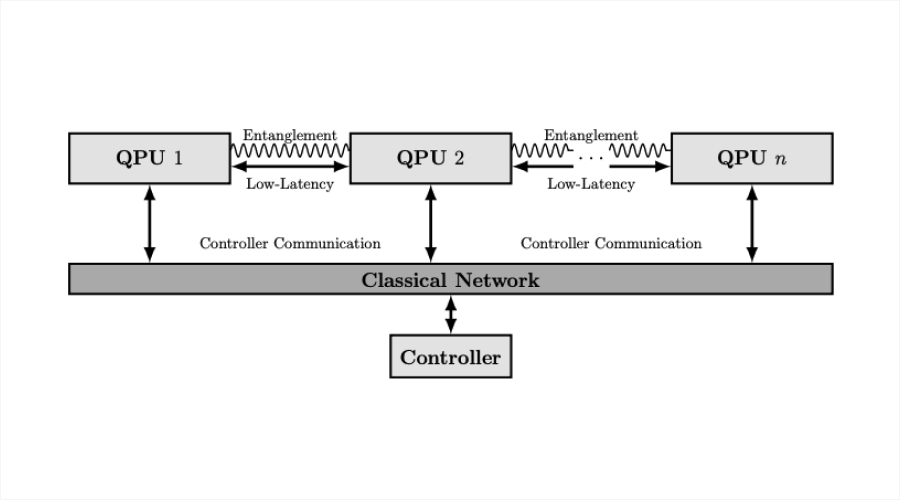
Distributed quantum computing is a concept, which implies that several quantum computers that are different are connected over networks and cooperate in solving large problems. Rather than having one large quantum computer that has to solve a problem, there are several small individual quantum processors that work together to get the work done.
Also Read: What is Post Quantum Cryptography
11. Entanglement
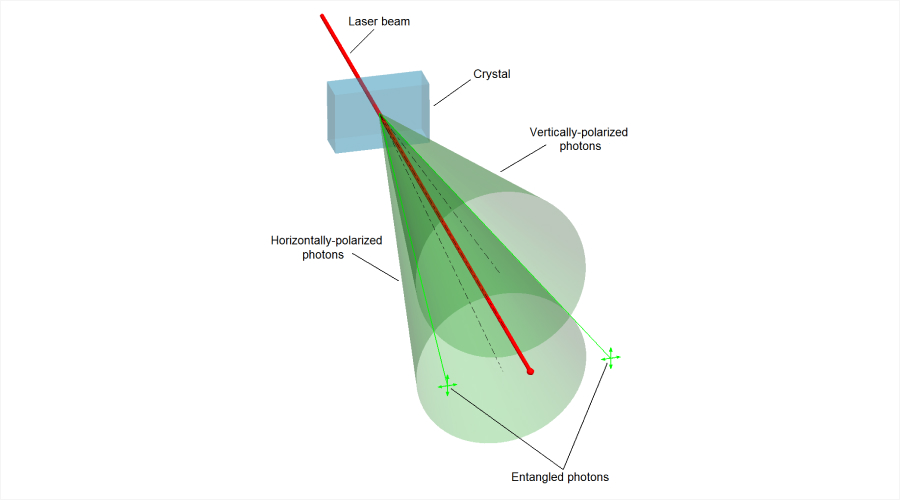
Quantum Entanglement can be defined as the phenomenon in which two or more objects are geometrically connected in such a manner that a change in one’s phase influences the other regardless of the distance available. Entanglement is important for most quantum technologies, including quantum computing, quantum communication and quantum cryptography, because they allow for secure data transfer and powerful computations.
12. Quantum routers
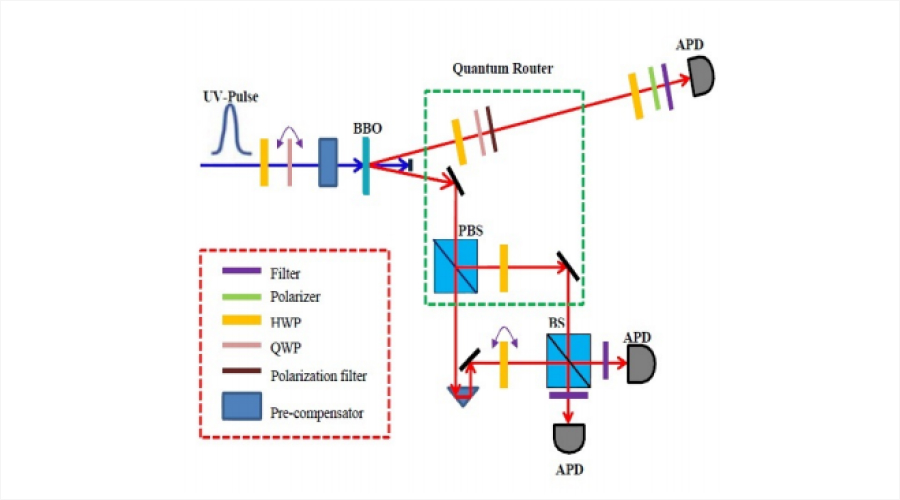
Quantum routers therefore are terminating points that are responsible for directing quantum information in a quantum network in the same way routers regulate data traffic in conventional networks. They employ quantum characteristics, for instance, superposition and entanglement, to direct qubits between various quantum apparatus.
13. Quantum Networks Augment Classical Networks
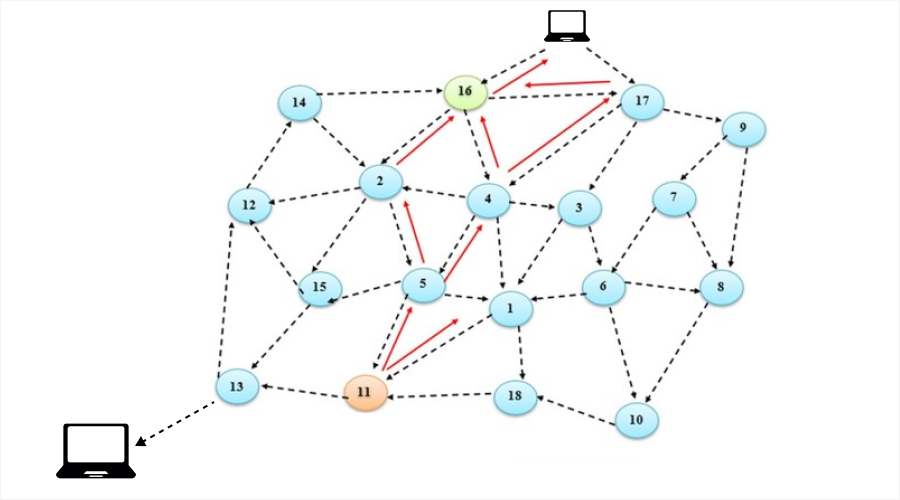
Quantum networks operate alongside classical networks and bring in improvements in terms of security, speed and computational power. Classical networks, which are traditional computer networks, use bits as the means of communication while quantum networks use quantum bits or qubits, which work and exist in multiple states at one time owing to the quantum nature of the technology of the network.
14. Quantum Key Distribution
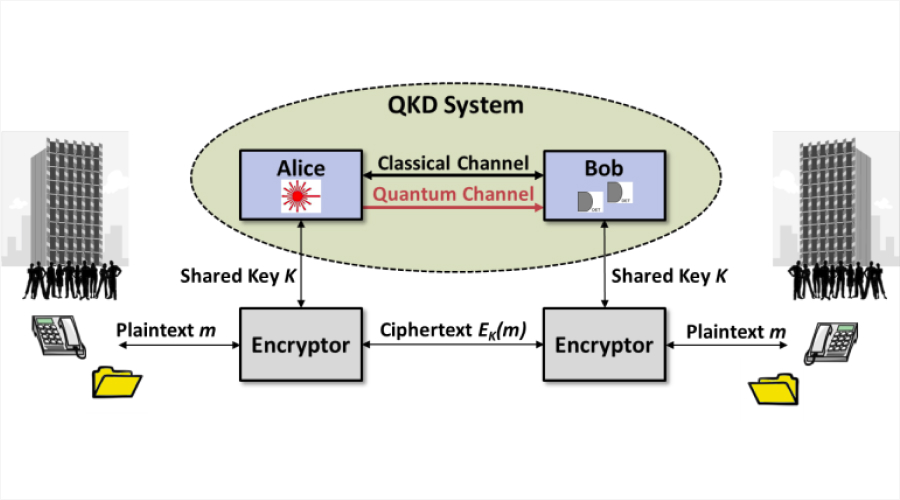
Quantum Key Distribution (QKD) refers to the process of distributing cryptographic keys from one party to another with the aid of quantum physics. By using properties of superposition and entanglement, Quantum Key Distribution guarantees that any action in intercepting or wiretapping will immediately be revealed.
Also Read: What is Quantum Safe Cryptography
Conclusion
In summary, quantum networks are of distinct types such as quantum key distribution (QKD), entanglement-based and repeater networks leading achievement that brings unprecedented advancements into communication, data processing and also long-distance information transfer with security. Quantum networks and technologies will play a very crucial role in how global communication, cybersecurity and innovative scientific discovery will develop within an era of new globalization connected by quantum.



